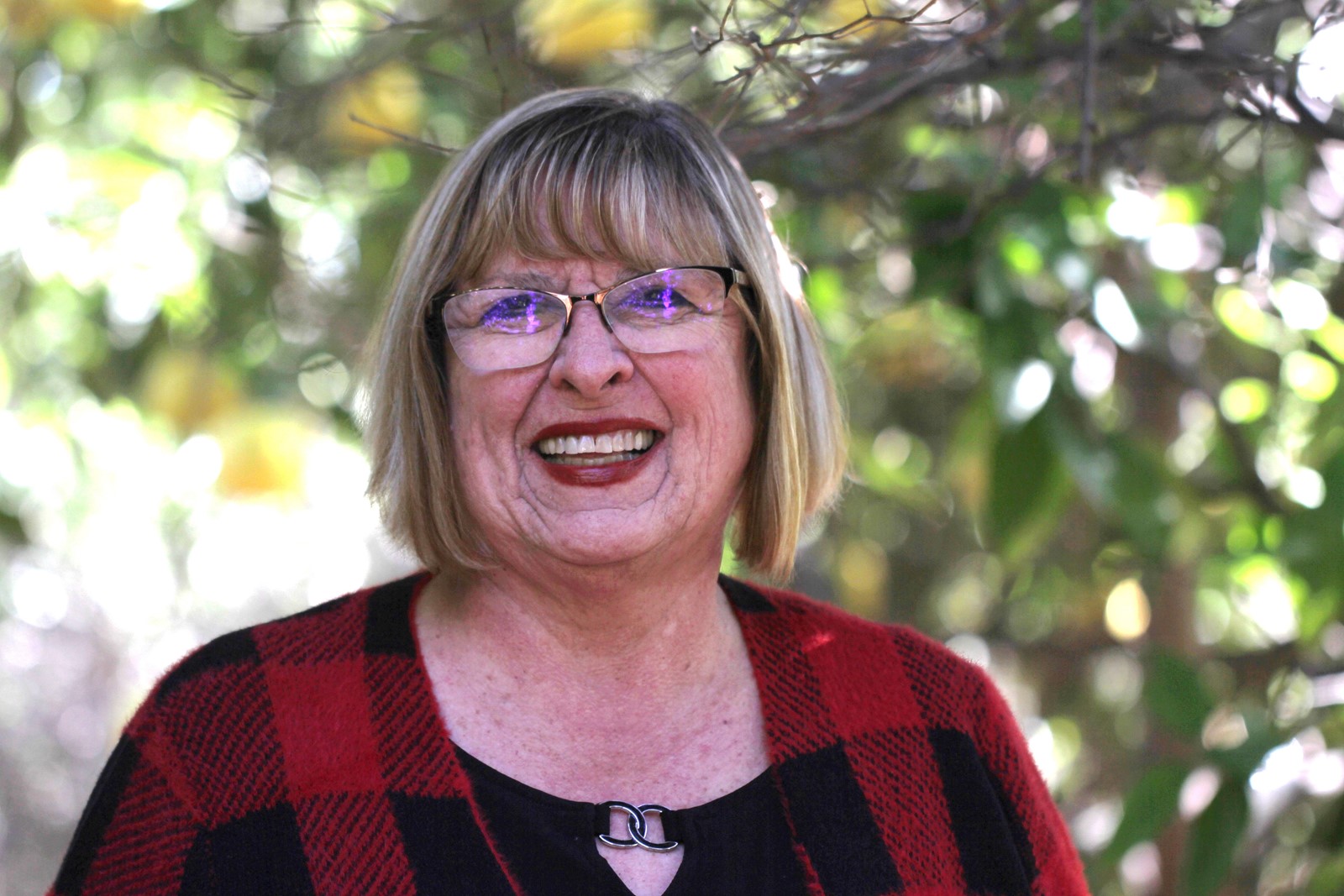
In an era of massive urbanization, Shelli Lamb has spent more than four decades leading the transformation of a small government agency in a pivot to empower Inland area communities to be good stewards of the land.
Lamb retired from the Riverside-Corona Resource Conservation District in spring after 48 years.
In 1984, Lamb took the reins of the district and has seen both great change in the region and new opportunities for partnerships and programs that promote and support the sustainable use of natural resources.
Under Lamb, the district went from one employee to 22 and created an award-winning education program, and conservation of habitat land ramped up.
The district has seen a major increase in population over the last seven decades to more than a half million residents today. This growth has led to large-scale conversion from agricultural and natural habitat to urban landscapes.
Resource conservation districts in California, as well as across the United States, were created because of a prolonged drought, which caused severe erosion like the Dust Bowl in the 1930s, according to Lamb. RCRCD was one of the last resource conversation districts to form in 1953.
Established by Public Resources Code Division 9, California resource conversation districts are special districts of the state with locally appointed or elected, independent boards of directors. These special districts help federal, state, and local programs to meet conservation goals, implementing projects on public and private lands while educating about conservation.
“Agriculture, urban and native habitats have been the major land use focus of the RCRCD for over 70 years and will continue to be as resource management is critical no matter how the land is used,” Lamb said.
Each resource conservation district has a unique role in its community. Partnering with landowners, nonprofit organizations, community members and government, resource conservation districts help to address and create solutions for the most pressing needs of their district.
“My hope for the RCDs is to continue to promote who they are, what they do and why they do it so well,” Lamb said. “The complexity and diversity of programs each RCD accomplishes is based on knowing what each individual RCDs needs are.”
These resources encompass soil, water, plants and wildlife, which are all connected, Lamb said. “We need healthy soils and clean water to grow our food and sustain our native habitats.”
Lamb leaves a legacy of growing programs at RCRCD that address local issues including helping monarch butterflies avoid extinction, the conservation of irrigation water, habitat conservation, prevention of soil erosion and storm water pollution, and the facilitation of sustainable agriculture. RCRCD also offers education programs that appeal to residents of all ages. Lamb said she is encouraged by the renewed interest she sees in families and children to become more aware of the natural world around them.
“Resources do not see jurisdictional boundaries and the public and private community should work together to make sure that the resources we are tasked with managing are there for future generations to use and enjoy,” Lamb said.
“We all must get back to exploring our local environment and understand how all of us are interconnected. I want to pass on a future that has clean water, healthy soils, diversity of plants and clean air for all.”
Reflecting on her 48 years of service, Lamb is most proud of “an incredible staff, supportive board of directors, the opening of the RCD’s LandUse Learning Center and conserving thousands of acres of habitat.”
She encourages the public to visit the LandUse Learning Center, a demonstration garden that highlights native habitat, sustainable urban gardens and agriculture.
The 3-acre garden is at the Resource Conservation Center, 4500 Glenwood Drive, in Riverside and is open daily (except holidays) from 8 a.m. to 4 p.m.
Lamb hopes that more of the community will become familiar with the work of resource conservation districts in their region. She hopes that together we can all continue to imagine and create a brighter future.
“I love action movies about the future, but I have come to notice that those movies are dark and dreary without green plants, abundant water, blue skies, birds singing and bees pollinating,” Lamb said. “That is not the future I want to leave for our next generation, and my hope is that our future stewards will continue to be aware of and manage our resources wisely.”
Learn more about the district’s programs at rcrcd.org.
Rebecca K. O’Connor is the co-executive director of Rivers & Lands Conservancy. She has an MFA in creative writing and writing for the performing arts from UC Riverside and is the author of several books on the natural world.
Rivers & Lands Conservancy connects our community to natural, wild and open spaces of Southern California through land conservation, stewardship and education.


 PREVIOUS ARTICLE
PREVIOUS ARTICLE
